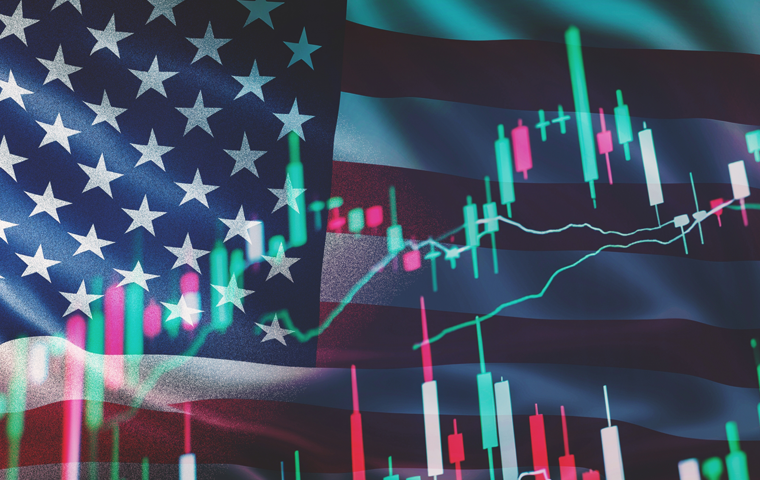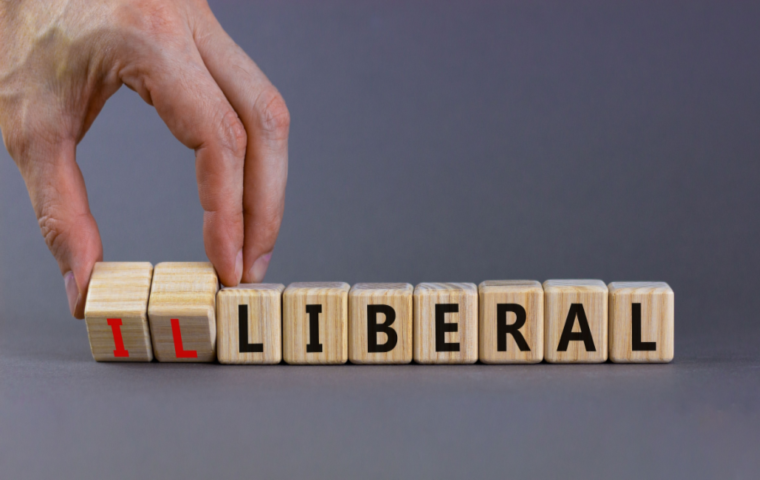The Shockwaves of Lifting 401(k) Crypto Investment Restrictions
Related Articles
A Political Pivot: Trump’s Transformation into the “Crypto President”

The executive order signed on August 7, 2025, removing barriers to cryptocurrency investments in 401(k) plans can be seen as the culmination of the Trump administration’s “promise-delivery” process. This policy is the outcome of a powerful political and economic alliance forged during the 2024 campaign between Republican leadership and the crypto industry. Yet this alliance would have been impossible without Donald Trump’s dramatic personal volte-face. During his first administration and around 2021, Trump openly declared he was “not a fan of Bitcoin and other cryptocurrencies,” calling them “based on thin air” and a “scam against the U.S. dollar”—a skepticism not far removed from the stance of the Biden administration and SEC Chair Gary Gensler, who treated crypto as a threat to be reined in by regulation.
By the 2024 campaign, however, Trump had rebranded himself to the point of “calling himself the ‘crypto president’” and pledging to make the United States “the crypto capital of the world and a Bitcoin superpower.” This was not whimsy but a sophisticated electoral strategy. Senior advisors to the campaign attested that elevating crypto as a key issue “greatly helped” win support among voter groups traditionally less likely to back a Republican nominee—specifically younger voters and African American (20%) and Asian American (28%) communities, whose crypto ownership rates are said to exceed those of white voters (14%). The strategy worked, and the crypto industry reciprocated with unmistakable political action—channeling $169 million through PACs and, among other outcomes, helping unseat pro-regulation heavyweight Senator Sherrod Brown (D). Trump’s victory—followed by the prompt removal of Gensler, the banning of a U.S. CBDC, and now the 401(k) authorization—constituted clear “returns” on a massive political “investment,” a symbolic case of financial policy shaped by lobbying.
Opening a $12.5 Trillion Market: The Executive Order’s Disruptive Impact
The crux of the August 7 executive order’s economic impact is that it does not “mandate” adding crypto to 401(k) plans; rather, it removes the regulatory threat that had prevented it. Under the Biden administration, the Department of Labor (DOL) issued Compliance Assistance Release No. 2022-01 in March 2022, warning fiduciaries considering crypto in 401(k)s to exercise “extreme care” or “the utmost caution.” Because DOL explicitly stated it would “conduct an investigative program,” fiduciaries feared legal exposure and the guidance functioned as a de facto ban.
The Trump administration dismantled these shackles step by step. On May 28, 2025, DOL formally “withdrew” the 2022 guidance. The new Labor Secretary stated, “The Biden DOL chose intervention. We are rolling back this overreach and making clear that investment decisions should be made by fiduciaries, not Washington bureaucrats,” restoring DOL’s stance to “neutral.” The August 7 executive order then ratified this neutrality as presidential policy and further directed the SEC and Treasury to facilitate access to “alternative investments” such as crypto, private equity, and real estate.
This opens the gates to the U.S. defined-contribution market, estimated at $9–$12.5 trillion. With pathways for funds to flow beyond traditional stocks and bonds, some experts predict that even if small 401(k) savers allocate just 1–5% of portfolios, the inflows could reach astronomical sums. The policy effectively redefines crypto at the national level—from a mere “speculative gamble” to a “long-term retirement asset.” Many now contend it is tantamount to a state-level recognition that “Bitcoin is a more credible backstop for retirement than fiat currency,” signaling the completion of crypto’s irreversible “institutionalization.”
The “Last Redoubt” of Legal Duty: Fiduciaries’ Dilemma and the Reality of Custody
While the August 7 executive order—and DOL’s prior withdrawal of guidance—opened the door to crypto allocations, they did not release plan sponsors (fiduciaries) from legal obligations. The U.S. retirement system is tightly regulated by ERISA. Regardless of DOL’s “neutral” posture, fiduciaries remain subject to ERISA’s highest duties: the Duty of Loyalty and the Duty of Prudence. Should they add crypto to investment menus, fiduciaries bear the burden of proving that their entire decision-making process satisfied the Duty of Prudence.
The crypto-specific risks flagged by DOL in 2022 have not vanished simply because the regulatory stance is neutral: “extreme volatility,” “valuation challenges,” “participant misunderstanding,” and—most critically—custody risk, including hacking, theft, and fraud. Although regulatory pressure has eased, fiduciaries must remain alert to “the risk of participant class actions.” To defend that they acted prudently, concrete measures to mitigate these risks—especially custody risk—are indispensable. In practice, this means using institutional-grade custody services providing TradFi-level security. Qualified custodians have already built infrastructure—BNY Mellon, Fidelity Digital Assets, Standard Chartered’s Zodia Custody, and Coinbase Prime (authorized by NYDFS), among others. The August 7 order thus creates a powerful legal incentive for U.S. retirement plans to rely on such blue-chip infrastructure.
Global Spillovers and Japan’s Position: GPIF and the Next Phase Under the FIEA

Crypto’s “institutionalization” in the U.S. began with the approval of spot Bitcoin ETFs in January 2024 and was cemented by the new 401(k) policy. ETFs opened the door to “institutional capital inflows,” while 401(k)s pave the way for broader, steadier inflows from “Americans’ retirement savings.” This rapid U.S. normalization is already influencing Japan. Coincidentally, Japan is in the midst of its own legal “redefinition” of crypto. In 2025, Japan’s Financial Services Agency (FSA) intensified deliberations on unifying crypto regulation under the Financial Instruments and Exchange Act (FIEA)—treating it as an investment product like stocks and bonds—rather than under the Payment Services Act focused on settlement and remittance.
Behind this push lies a domestic reality: over 12 million crypto accounts and holdings exceeding ¥5 trillion, reflecting crypto’s spread as an investment rather than primarily a payment method. Both the U.S. and Japan now share a recognition that “crypto is not a speculative payment tool but a legitimate investment (financial product),” and are aligning legal frameworks accordingly. If Japan’s migration to the FIEA proceeds, expectations include a shift from today’s comprehensive taxation (up to 55%) to a separate flat tax akin to equities (around 20%), the introduction of insider-trading regulations, and the opening of a pathway to create and list spot Bitcoin ETFs—currently unavailable domestically.
The U.S. 401(k) green light will most strongly influence Japan’s public pensions—especially the GPIF (Government Pension Investment Fund). Managing roughly $1.4 trillion (about ¥225 trillion), the world’s largest pension fund has officially begun “information gathering” on alternative assets including “gold and Bitcoin” since 2024 to diversify its portfolio. The fact that the U.S. has integrated crypto as a legitimate asset within its national retirement system provides powerful rationale (or external pressure) for the GPIF to advance from “information gathering” to “considering actual portfolio inclusion.” Trump’s executive order crystallizes a global trend toward treating crypto as a mainstream financial product, signaling to regulators in allied nations—including Japan—that its institutionalization can no longer be ignored.



